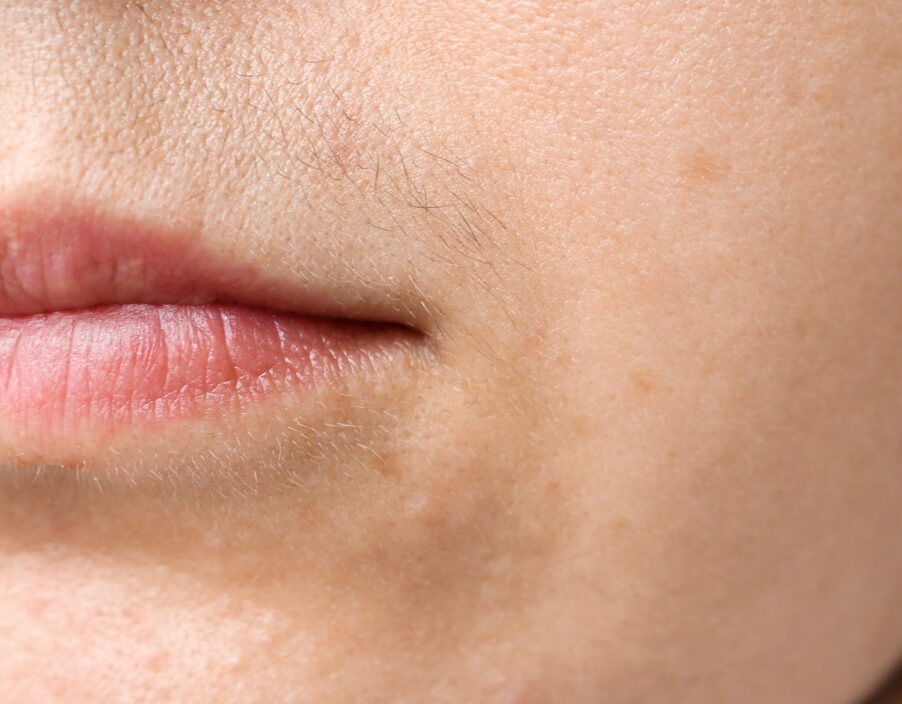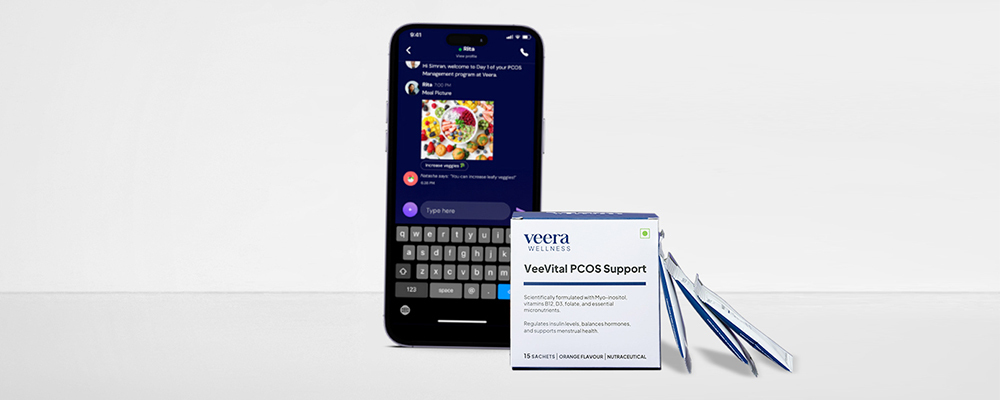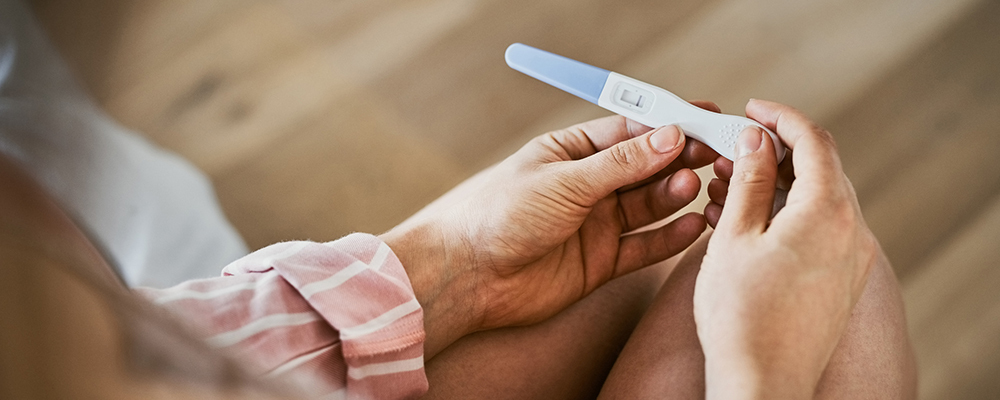While hirsutism is generally described as excessive hair growth, its clinical usage commonly refers to women experiencing an overabundance of terminal hair growth resembling a male pattern. Consequently, hirsutism stands as one of the most prevalent endocrine disorders, affecting around 60% of women with PCOS. Regardless of its cause, hirsutism can result in significant psychological distress and emotional turmoil. Even minor instances of hirsutism may lead both the patient and others to perceive it as a loss of feminine identity. In more severe cases, hirsutism can pose a substantial cosmetic concern. The primary goals in managing hirsutism include ruling out any underlying medical conditions and devising an appropriate treatment plan.
How Are Hirsutism and PCOS Connected
Hirsutism is characterized by the presence of terminal hair following a male pattern distribution in women. While it affects approximately 4–11% of women in the general population, it serves as the primary manifestation of hyperandrogenism in women with polycystic ovary syndrome (PCOS), with an estimated prevalence of 65–75%. Hirsutism in PCOS results from both androgen excess and the individual response of the pilosebaceous unit to androgens. The modified Ferriman–Galwey (mFG) scoring system is commonly utilized in clinical settings to visually assess excessive terminal hair growth, thereby standardizing the evaluation of hirsutism and enabling data comparison. However, establishing a universal mFG score cutoff for comparisons may be challenging due to ethnic variations, skin type, and other factors that should be considered when assessing hirsutism in different populations. Conventional techniques for measuring androgen levels have shown poor correlation with the severity of hirsutism. While most women with PCOS and hirsutism exhibit serum androgen levels higher than reference values, some may not present with biochemical hyperandrogenism, posing a diagnostic challenge for PCOS. In this article, we critically examine this relatively common condition in women with PCOS who present with hirsutism but have normal androgen levels.
Symptoms of Hirsutism
In individuals experiencing hirsutism, excess hair growth occurs in the following areas:
– Face
– Chest
– Lower abdomen
– Inner thighs
– Back
Virilization
Virilization refers to the development of male characteristics in women or individuals assigned female at birth (AFAB). It may occur in conjunction with hirsutism due to elevated hormone levels. Signs of virilization include:
– Deepening of the voice
– Hair loss
– Acne
– Increased muscle mass
– Reduced breast size
– Enlargement of the clitoris
Treatment
Treatment of hirsutism typically involves combination therapy, incorporating:
- Androgen suppression,
- Peripheral androgen blockade, and
- Mechanical/cosmetic interventions to manage unwanted hair.
Additionally, treatment aims to mitigate associated risks such as endometrial hyperplasia or carcinoma, dysfunctional uterine bleeding, type 2 diabetes mellitus, and dyslipidemia. Lifestyle adjustments, insulin sensitizers, and lipid-lowering agents may be employed to address these risks.
Oral contraceptives (OCs) are a common treatment, suppressing circulating luteinizing hormone (LH) and follicle-stimulating hormone (FSH), thereby reducing ovarian androgen production. OCs containing progestins with low androgenic activity are preferred.
Oral estrogen replacement increases sex hormone-binding globulin production and lowers LH and FSH levels. However, it may cause side effects such as breast tenderness and irregular vaginal bleeding.
Long-acting GnRH agonists may be necessary to suppress the hypothalamic–pituitary–ovarian axis in severe cases. These are typically combined with estrogen-progestin replacement or OCs and an androgen blocker. Insulin sensitizers like metformin can improve hyperandrogenemia and ovulatory function, although their effectiveness in treating hirsutism is uncertain. Androgen receptor blockers such as spironolactone, flutamide, and cyproterone acetate are used to inhibit androgen action. Spironolactone is particularly effective, while finasteride inhibits hair growth by blocking 5α-reductase.
Mechanical and cosmetic methods like shaving, bleaching, or chemical depilation offer temporary relief. Permanent hair removal techniques include electro-epilation and laser therapy, which selectively damage hair follicles. Eflornithine hydrochloride cream slows hair growth by inhibiting L-ornithine decarboxylase.
Consult Veera Health Doctors
Although numerous effective treatments exist for managing hirsutism none ensure a permanent solution. In such instances, Veera Healht’s PCOS experts become crucial to exploring more advanced treatment options. It is essential to recognize that PCOS-related side effects like hirsutism affect mental health and overall quality of life. Women grappling with this symptom should not hesitate to seek professional assistance from healthcare providers or therapists to address the emotional repercussions of this condition. At Veera Health the PCOS experts have an individualistic approach towards each customer.


















